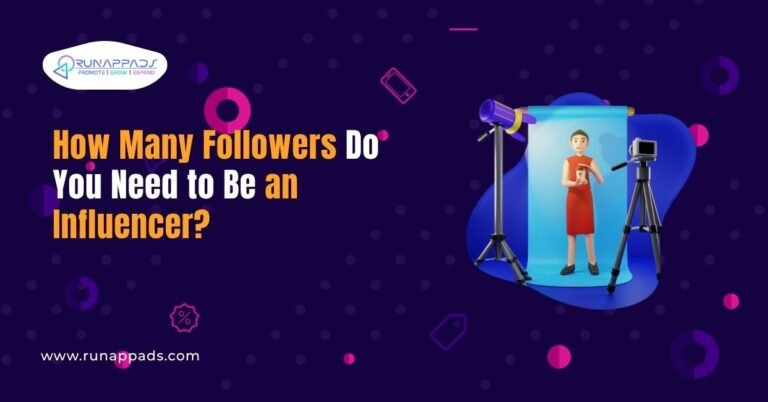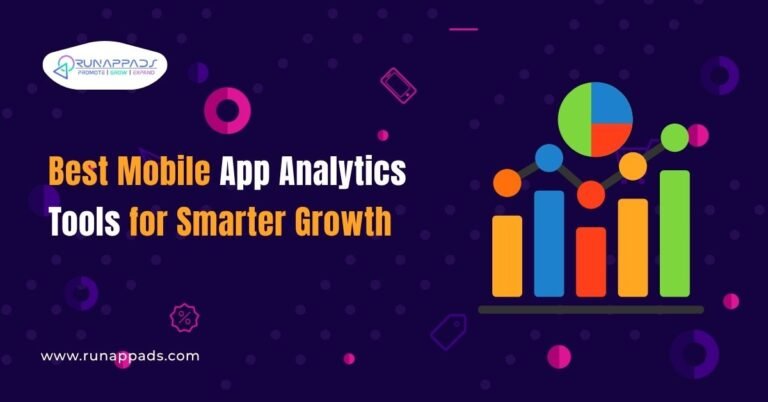You’re scrolling. Again. And in between the memes, pet videos, and breaking news, someone is showing you a favourite skincare brand, a 90-second home workout, or a ten-slide guide to personal finance. Somehow, you pause. Maybe you even double-tap.
That’s influence, and it’s far more layered than most brands and creators realize. Influencer marketing isn’t new. But how we define and measure influence has shifted. Today, follower count is only a sliver of the story.
The Modern Meaning of an Influencer
Influencers aren’t just trendsetters or social media stars. At their core, they’re people with the ability to shape opinion and behaviour within a specific audience. That audience could be global or hyper-local, niche or mainstream. But what defines influence today isn’t scale, it’s connection.
Being an influencer now means cultivating credibility. It’s about building a voice people come back to. A voice that informs, entertains, or inspires action, not because it’s sponsored, but because it’s trusted.
Influencer Categories and Tiers: Why They Matter?
The digital space categorizes influencers into distinct tiers, primarily based on follower count. But these tiers aren’t just numbers. Each level has its impact, style, and role within a larger content ecosystem.
- Nano influencers: 1,000–10,000 followers
- Micro influencers: 10,000–100,000 followers
- Mid-tier influencers: 100,000–500,000 followers
- Macro influencers: 500,000–1M followers
- Mega or celebrity influencers: 1M+ followers
The further up the ladder you go, the broader the reach, but often, the weaker the connection. And that’s where the nuance begins.
Mid-Tier Influencers: The Underrated Core
Mid-tier influencers sit in a strange middle zone. They’re not household names, but they’ve outgrown small, tight-knit communities. Their reach is significant, yet they’re still accessible.
A mid-tier fitness coach might share workouts that reach 200,000 people, yet still reply to comments and offer live Q&As. This balance of scale and relatability makes them valuable, especially for brands looking to drive not just clicks, but conversions.
They’ve also typically been through the initial growth grind. Their content is more polished. Their messaging is tested. They know their audience inside out, and it shows.
Situational Influencers: The Rise of the Unexpected Voice
Some influence is built over time. Some appear overnight. Situational influencers are the latter. Think of the teacher whose classroom tip goes viral, or a barista’s coffee art that sparks national conversation.
They’re not building personal brands, but their moment matters. And in the proper context, their reach can rival big names, especially when aligned with a timely campaign or message.
Brands tapping into situational influence must move fast, but the payoff can be significant: raw authenticity, cultural relevance, and highly engaged audiences.
Quality vs. Quantity: Rethinking the Metrics
| Factor | Quality (Engagement Focus) | Quantity (Follower Count Focus) |
| Core Value | Genuine interaction, trust, and influence | Visibility and reach |
| Audience Behavior | Actively comments, shares, and engages | Passively follows, may not interact |
| Conversion Potential | High (loyal followers take action) | Low-to-moderate (less personal connection) |
| Brand Alignment | Often niche-specific, closely tied to brand identity | Broad or diluted audience fit |
| Campaign Impact | Drives real results clicks, signups, purchases | Boosts vanity metrics (likes, impressions) |
| Longevity | Builds lasting brand relationships | Often tied to short-term buzz |
| Algorithm Favorability | Higher engagement boosts organic visibility | Large followers with low interaction may harm visibility |
| ROI (Return on Investment) | Higher every dollar reaches a more targeted, responsive audience | Lower cost per follower is less efficient |
| Risk Level | Low fewer fake followers, more authenticity | Higher risk of bots, inactive or disengaged followers |
| Best Use Case | Trust-building, direct response campaigns | Awareness-focused, short-term exposure campaigns |
What Engagement Means?
Engagement, in the context of digital content and influencer marketing, refers to the depth of interaction between a creator and their audience, not just how many people see a post, but how many actively respond to it.
Authentic engagement goes beyond likes and counts, meaningful actions such as comments, shares, saves, direct messages, link clicks, and even conversations that continue beyond the content itself. It reflects how much trust, relevance, and emotional connection a creator has built with their followers.
When an audience consistently interacts with content, asking questions, tagging friends, resharing posts, or acting on recommendations, it signals that they’re not just passive viewers but active participants.
This kind of interaction is what makes engagement the clearest indicator of real influence. In a digital landscape flooded with noise, high engagement shows that someone’s voice is not only being heard but truly making an impact.
Why Does High Engagement Beat High Follower Counts?
Follower count may look impressive, but it doesn’t guarantee influence. What matters is how actively people interact with a creator’s content. High engagement measured through comments, shares, saves, and genuine conversations signals trust, loyalty, and real impact.
An account with 10,000 followers and a 10% engagement rate often drives more conversions than one with 500,000 followers and 1% engagement. Why? Because people who care are more likely to act. Engagement reflects a responsive, connected audience, one that listens, trusts, and takes action.
In influencer marketing, a smaller audience that’s highly invested will outperform a larger, passive one. Brands that prioritize engagement over vanity metrics see better ROI, more profound brand affinity, and more authentic content amplification.
Building Influence Without a Big Audience
Influence doesn’t require a viral post or brand deal. It starts with clarity and consistency. Know your niche. Understand your voice. And most importantly, stay close to your community. Respond to comments. Offer value. Share stories. Influence is earned through repetition, not reach.
For those starting, focus on micro wins: one thoughtful comment, one message saying “thank you,” one person sharing your post because it meant something. That’s real growth, and it compounds.
The Movement Toward Nano and Micro Influence
Marketing teams are shifting budgets. Instead of pouring funds into a single mega influencer, they’re choosing to work with ten micro influencers. Why? Because it feels real.
Nano and micro creators bring texture. They don’t feel like ads. Their communities are built on trust, not aesthetics. And trust sells.
Plus, the data backs it. Campaigns with micro influencers often drive higher engagement, better conversion rates, and more meaningful brand lift. Stat-driven articles like this one break down the numbers behind this shift.
Conclusion
Influence today isn’t about being famous. It’s about being trusted. Whether you have 500 or 500,000 followers, your ability to inspire action lies in how well you connect, not how loud you shout. And that’s where the future is headed. Toward creators who show up for their audience and brands who recognize the value in that. Whether you’re building your platform or refining your campaign strategy, the lesson is the same: influence lives in the relationship, not the numbers.



